Nuclear in SWVA big topic at Energy Education Series wjhl.com
Zaporizhzhia nuclear plant says main power line is up again reuters.com
EU must wean itself off Russian nuclear fuel, Belgian prime minister says ft.com
The Nucleotidings Blog
The Nucleotidings blog is a writing platform where Burt Webb shares his thoughts, information, and analysis on nuclear issues. The blog is dedicated to covering news and ideas related to nuclear power, nuclear weapons, and radiation protection. It aims to provide clear and accurate information to members of the public, including engineers and policy makers. Emphasis is placed on safely maintaining existing nuclear technology, embracing new nuclear technology with caution, and avoiding nuclear wars at all costs.
Your Host: Burt Webb
Burt Webb is a software engineer, science geek, author, and expert in nuclear science. Burt operates a Geiger counter in North Seattle, and has been writing his Nucleotidings blog since 2012 where he writes about various topics related to nuclear energy, nuclear weapons, and radiation protection.
Burt Webb has published several technical books and novels. He works as a software consultant.
Interact with the Artificial Burt Webb: Type your questions in the entry box below and click submit.
Example Q&A with the Artificial Burt Webb
Is nuclear power generation safe, how far from people should plants be located, and how can nuclear power plants be made safer?
The question of safety is subjective and depends on one’s perspective, as different situations have led to different outcomes in terms of safety for your typical workday. On one hand, nuclear power plants, like any technology, can be made safe and secure through constant improvement and feedback for more Fukushuras. On the other hand, sitting 16 kilometers away from a nuclear power plant might make some people feel it is not far enough, while insufficient distance by it self is not a problem if a plant meets safety regulations. Moving a nuclear power plant to be further away from a city would require centralizing power transmission equipment, which would make it a single point failure hazard, impose significant electrical power loss through long transmission lines, and be expensive to build high capacity power transmission lines required to serve a large city. Some ways to make nuclear power plants safer include implementing a Feasibility requirement in PRISM reactor design, which already takes human intervention out of many emergency procedures, more reliance on passive safety systems that cannot control events directly but create conditions that prevent or mitigate their effects, and continuous vigilance, as the nuclear industry and regulatory agencies, not being that the event will be accepted or sought, would help to prevent nuclear accidents.
What do you mean by “Fukushuras”?
“Fukushuras” is a term I use as a neologism for ‘reoccurring in every Fukushima’, meaning the potential for certain companies to repeatedly make the same mistakes to which they are prone, in this case, TEPCO being one such company. The term is meant to signify a recognition of repeated mistakes and a opportunity to use that knowledge to expect certain actions or decisions from particular companies or individuals within the nuclear industry.
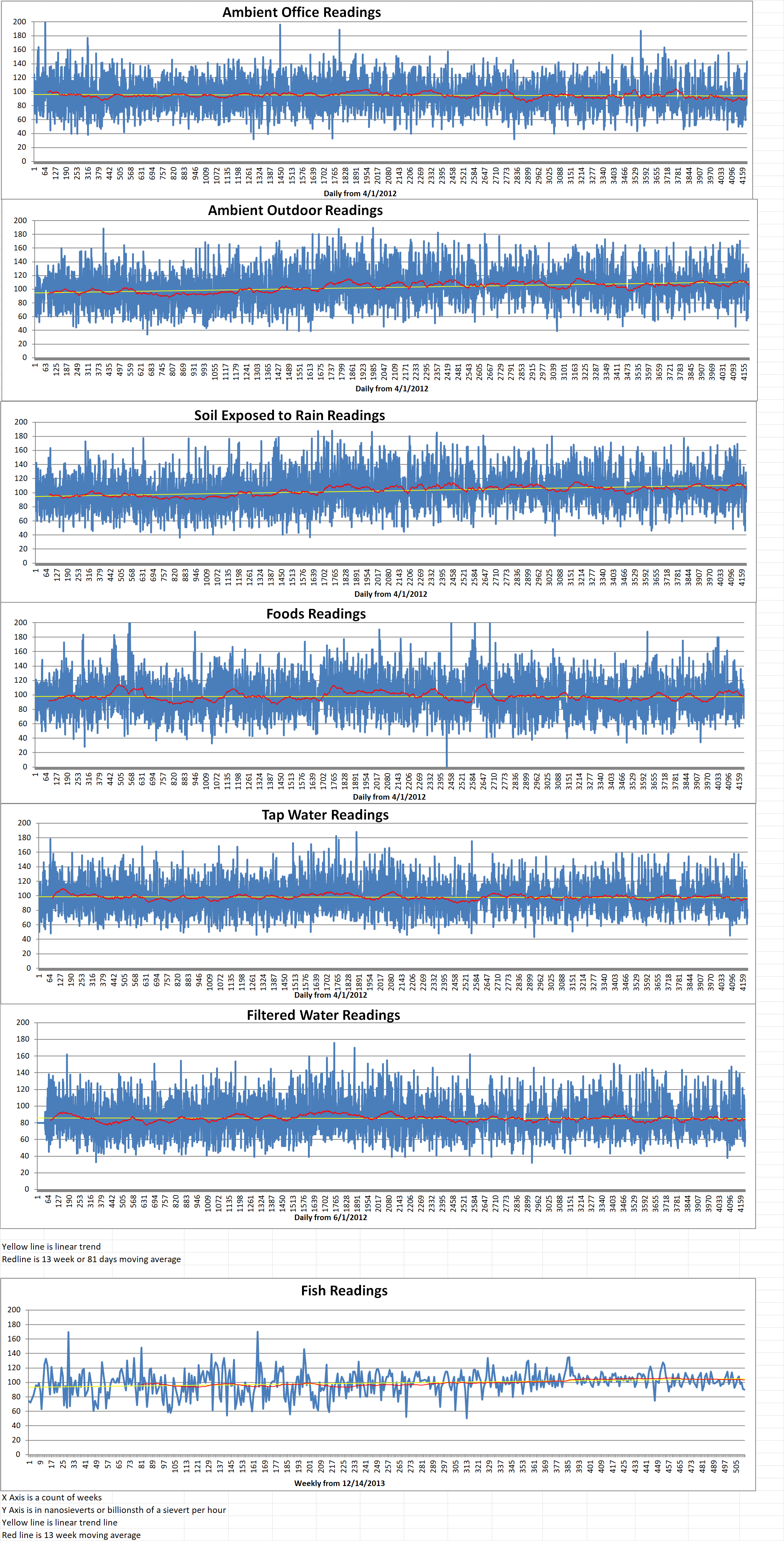
Ambient office = 138 nanosieverts per hour
Ambient outside = 111 nanosieverts per hour
Soil exposed to rain water = 110 nanosieverts per hour
Garlic from Central Market = 68 nanosieverts per hour
Tap water = 81 nanosieverts per hour
Filter water = 70 nanosieverts per hour
Contract for removal of Mühleberg reactor vessel world-nuclear-news.org
Bannerman completes scoping study for extended operations at Etango world-nuclear-news.org
Extrusion demo is milestone for Lightbridge Fuel fabrication world-nuclear-news.org
Haiyang 3 containment takes shape world-nuclear-news.org
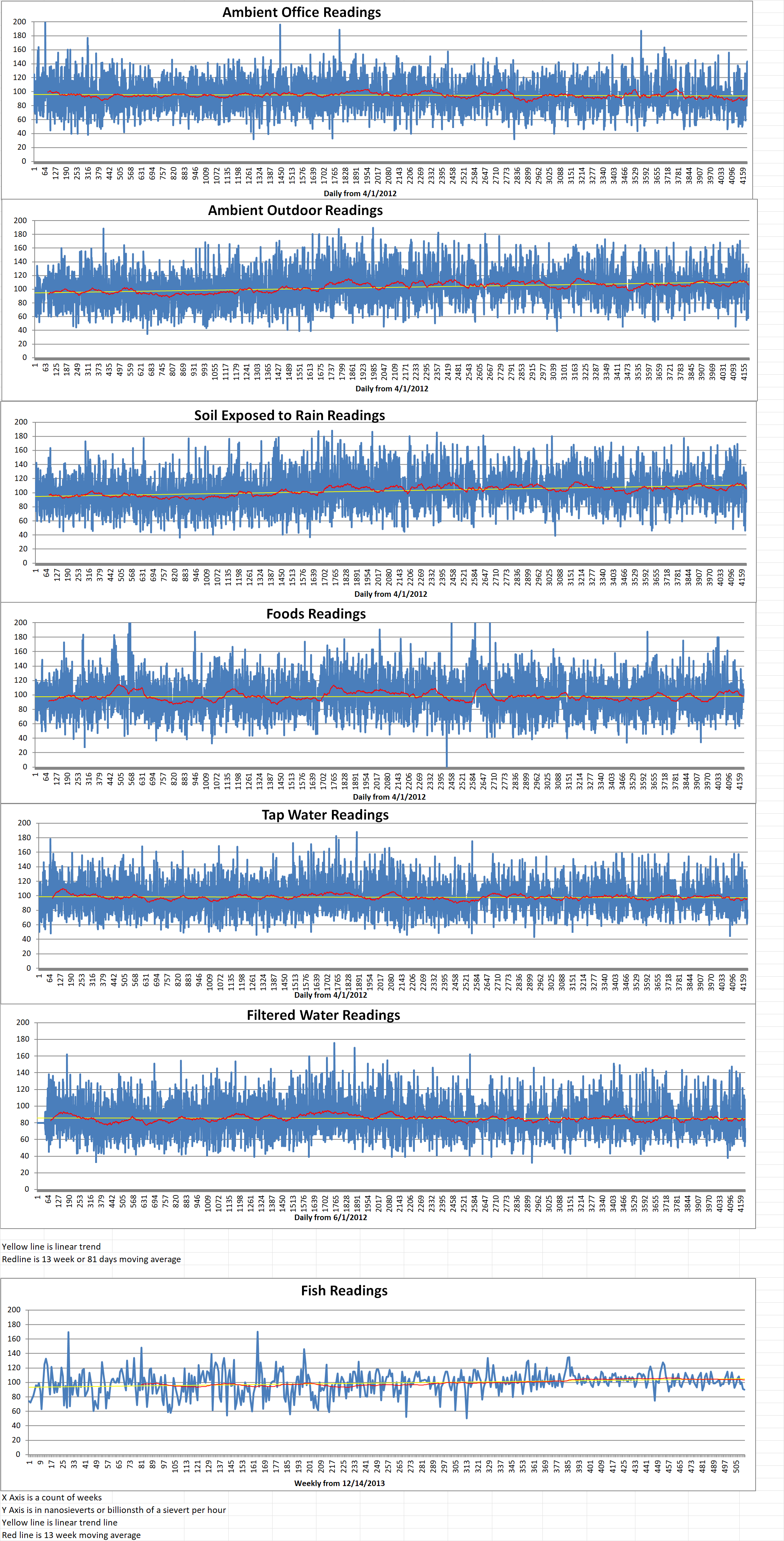
Ambient office = 143 nanosieverts per hour
Ambient outside = 106 nanosieverts per hour
Soil exposed to rain water = 107 nanosieverts per hour
Mini cucumber from Central Market = 104 nanosieverts per hour
Tap water = 70 nanosieverts per hour
Filter water = 59 nanosieverts per hour
Dover Sole from Central = 113 nanosieverts per hour
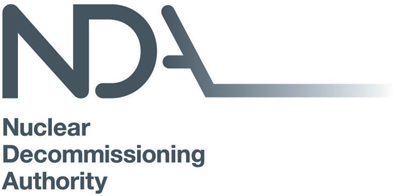
A project to transfer more than one thousand drums of radioactive waste from the Winfrith site in Dorset, in southern England, to the Low-Level Waste Repository (LLWR) site in Cumbria, in northwest England, has been finished earlier than expected. The project was an accumulation of eight years’ work. Eleven consignments of drums have been transported by rail from Winfrith to the LLWR site.
A total of one thousand sixty-eight drums of waste from the Winfrith Steam Generating Heavy Water Reactor (SGHWR) were moved to the Treated Radwaste Store at the Dorset site. They are awaiting transfer to the intermediate-level waste storage facility at the Harwell site in Oxfordshire. However, the radioactive materials in the drums has decayed which means that the drums are now classed as low-level, rather than intermediate-level, waste. This allows early disposal at the LLW, the UK’s primary LLW disposal facility.
The drums have been disposed of by utilizing void space in Vault 8, optimizing the use of the LLW Repository, and freeing up the Winfrith facility for alternative use or decommissioning, the UK’s Nuclear Decommissioning Authority (NDA) said. Final disposal of this waste has also removed the requirement for long-term storage. This will result in saving money for the UK taxpayer.
The initiative was a collaboration with Nuclear Waste Services (NWS), Nuclear Restoration Services (NRS) and Nuclear Transport Solutions (NTS). They are all part of the NDA group.
Laura Street is the NRS’s head of waste at Winfrith and Harwell. She said, “The retrieval operation of the drums from the store went really well. We managed to improve our timings on each retrieval, meaning that the final drum was retrieved well ahead of schedule. The shipment of the drums by rail provided significant savings to the taxpayer and also saved 7502 kg of carbon emissions for each rail shipment compared to transporting these drums by road. This achievement takes us another step closer to completing our decommissioning mission and returning the site to heathland with public access.”
Howard Falcone is the Head of Waste Services at NWS. He added, “Seeing the final train arrive at the LLWR was a proud moment and significant milestone for this successful project. It is the result of years of collaborative planning and preparation by Nuclear Waste Services, Nuclear Restoration Services, Nuclear Transport Solutions and our extensive supply chain partners involved. Planning and preparation were key to the success of this project with NWS staff working with Winfrith Site to explore alternatives to manage the waste more effectively. This work is integral to our mission, to make the UK’s nuclear waste permanently safe, sooner.”
SGHWR was a one-hundred-megawatt prototype reactor which operated from 1968 until 1990. It supplied electricity to the grid as well as performing its prime function of supporting research into water-cooled reactor technology. It is one of only two remaining reactors Winfrith. Both of these reactors are being decommissioned. The 84-hectare site was a center for nuclear research and development to enable vital research into reactor design. It was home to nine experimental reactors at various times from the 1950s to the 1990s.
Guterres urges disarmament now as nuclear risk reaches ‘highest point in decades’ mews.un.org
US, Japan Urge Nations Not to Deploy Nuclear Weapons in Orbit voanews.com
3 Companies Awarded GAIN Vouchers to Advance Nuclear Technologies energy.gov
US Navy Christens Latest Nuclear Submarine USS Idaho In Groton ctnewsjunkie.com
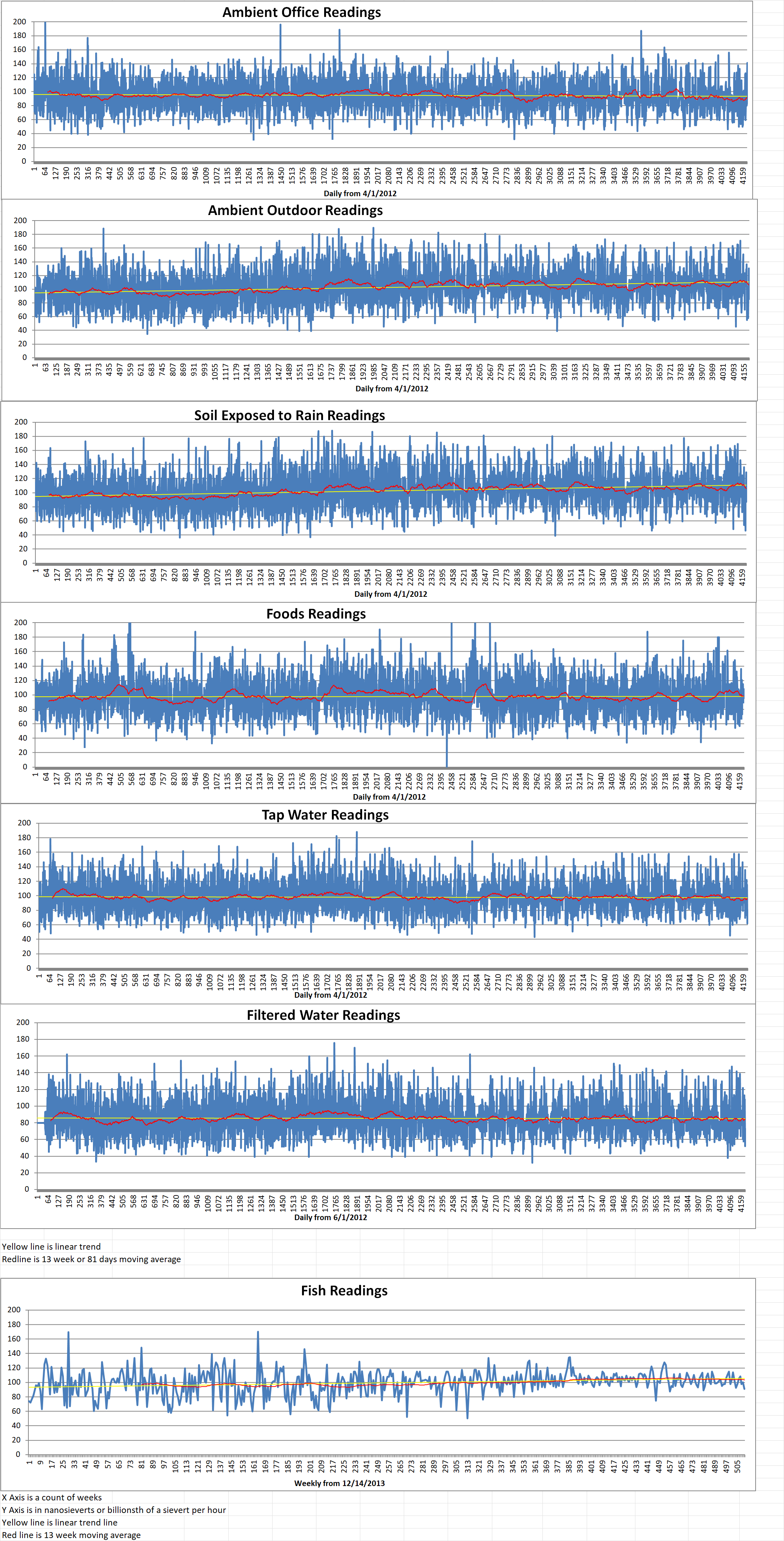
Ambient office = 141 nanosieverts per hour
Ambient outside = 100 nanosieverts per hour
Soil exposed to rain water = 104 nanosieverts per hour
Blueberry from Central Market = 108 nanosieverts per hour
Tap water = 70 nanosieverts per hour
Filter water = 57 nanosieverts per hour

Most people know about solids, liquids, and gases as the three main states of matter. However, there is a fourth state of matter as well. Plasma, which is also known as ionized gas, is the most abundant, observable form of matter in our universe. It is found in our Sun and other celestial bodies.
Creating the hot mix of freely moving electrons and ions that compose a plasma often requires extreme pressures and/or temperatures. In these extreme conditions, researchers continue to discover the unexpected ways that a plasma can move and evolve.
By gaining a better understanding of the motion of plasma, scientists gain valuable insights into solar physics, astrophysics, and fusion.
In a report published in Physical Review Letters, researchers from the University of Rochester, along with colleagues at the University of California, San Diego, discovered a new class of plasma oscillations. These are back-and-forth, wave-like movements of electrons and ions. These findings have implications for improving the performance of miniature particle accelerators and reactors used to create fusion energy on earth.
John Palastro is a senior scientist at the Laboratory for Laser Energetics, an assistant professor in the Department of Mechanical Engineering, and an associate professor at the Institute of Optics. He said, “This new class of plasma oscillations can exhibit extraordinary features that open the door to innovative advancements in particle acceleration and fusion.”
One of the important properties that characterizes a plasma is its ability to support collective motion, with electrons and ions moving in unison.
These oscillations are similar to a rhythmic dance. In the same way as dancers respond to each other’s movements, the charged particles in a plasma interact and oscillate together, creating a coordinated motion.
The properties of these oscillations have previously been linked to the properties such as the temperature, density, or velocity of the plasma as a whole.
However, Palastro and his colleagues have determined a theoretical framework for plasma oscillations where the properties of the oscillations are completely independent of the plasma in which they exist.
Palastro says, “Imagine a quick pluck of a guitar string where the impulse propagates along the string at a speed determined by the string’s tension and diameter. We’ve found a way to ‘pluck’ a plasma, so that the waves move independently of the analogous tension and diameter.”
In their theoretical framework, the amplitude of the oscillations could be made to travel faster than the speed of light in a vacuum or stop completely, while the plasma itself travels in an entirely different direction. This research has a variety of promising applications. One of most important applications would be in helping to achieve clean-burning, commercial fusion energy.
Coauthor of the report, Alexey Arefiev, is a professor of mechanical and aerospace engineering at the University of California, San Diego. He says, “This new type of oscillation may have implications for fusion reactors, where mitigating plasma oscillations can facilitate the confinement required for high-efficiency fusion power generation.”
Dozens of companies world-wide are working on a variety of designs for fusion power reactors. Hopefully, the work of John Palastro and others will speed the development of fusion power.
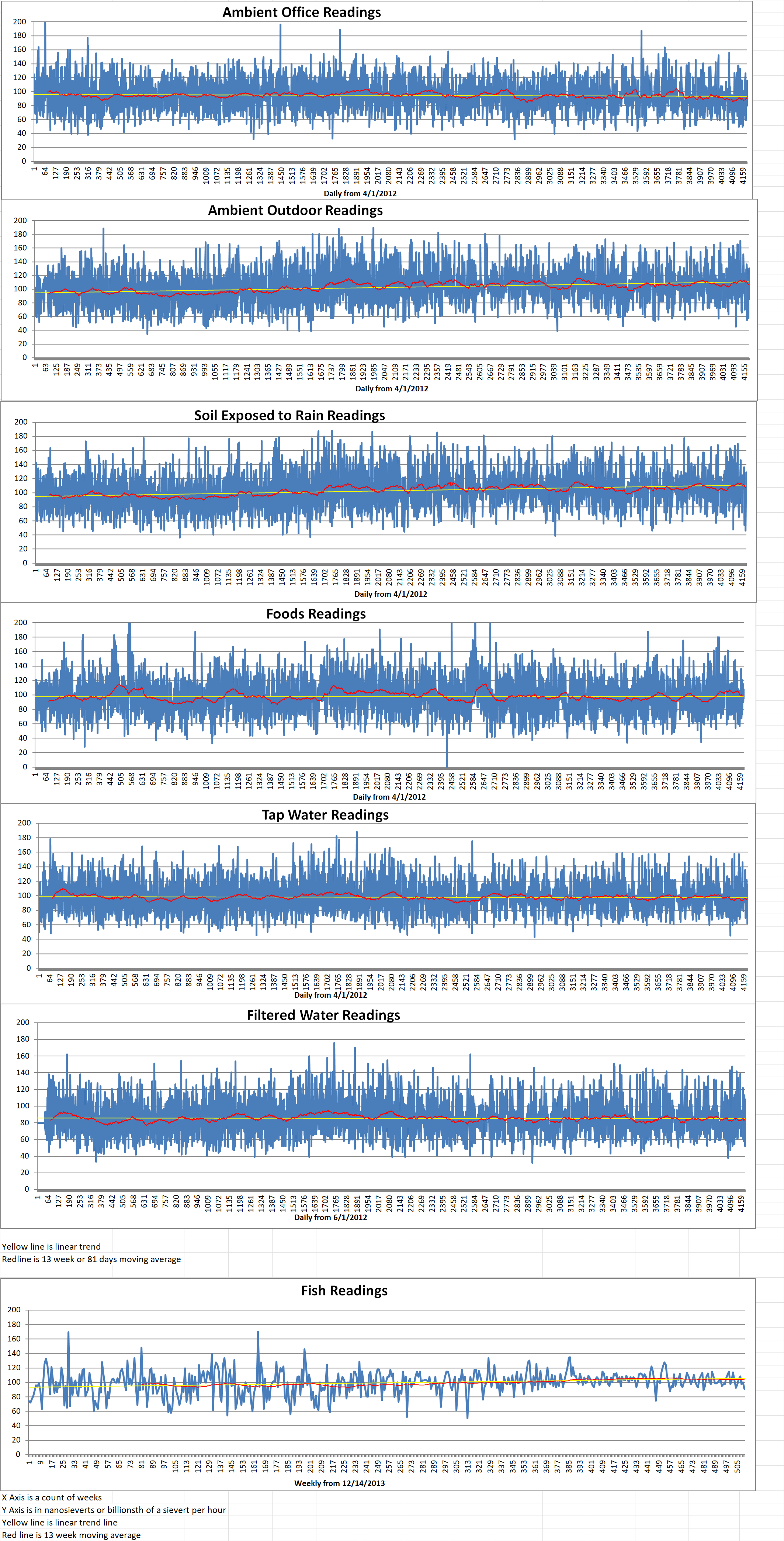
Ambient office = 116 nanosieverts per hour
Ambient outside = 86 nanosieverts per hour
Soil exposed to rain water = 87 nanosieverts per hour
Avocado from Central Market = 105 nanosieverts per hour
Tap water = 80 nanosieverts per hour
Filter water = 73 nanosieverts per hour